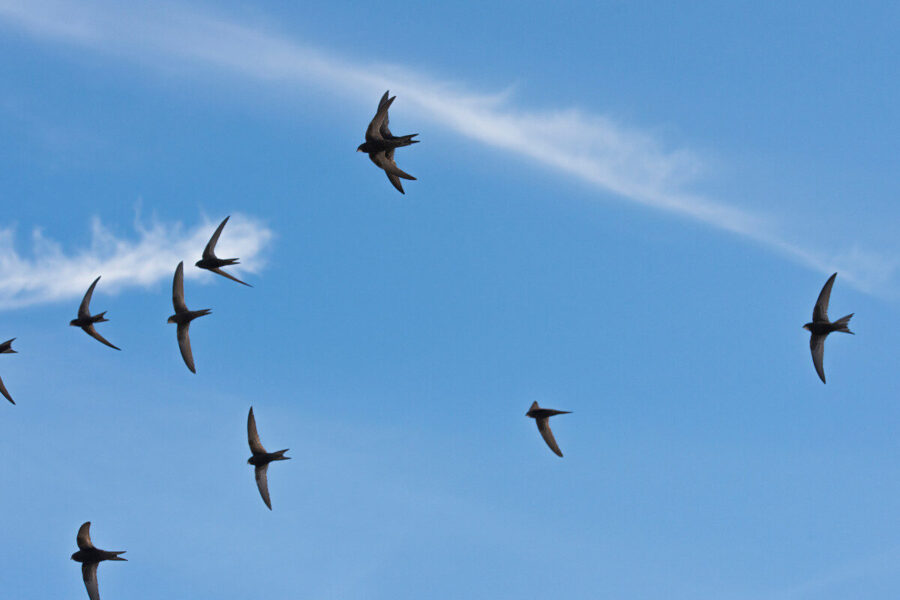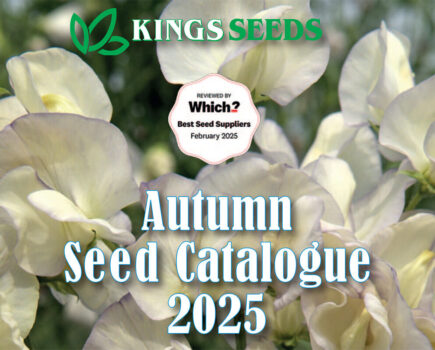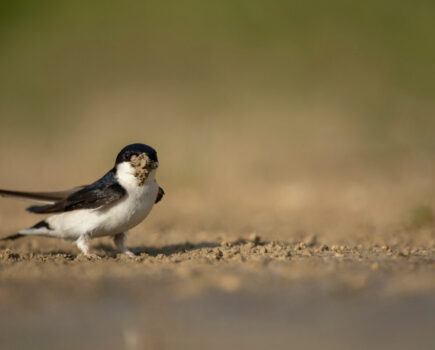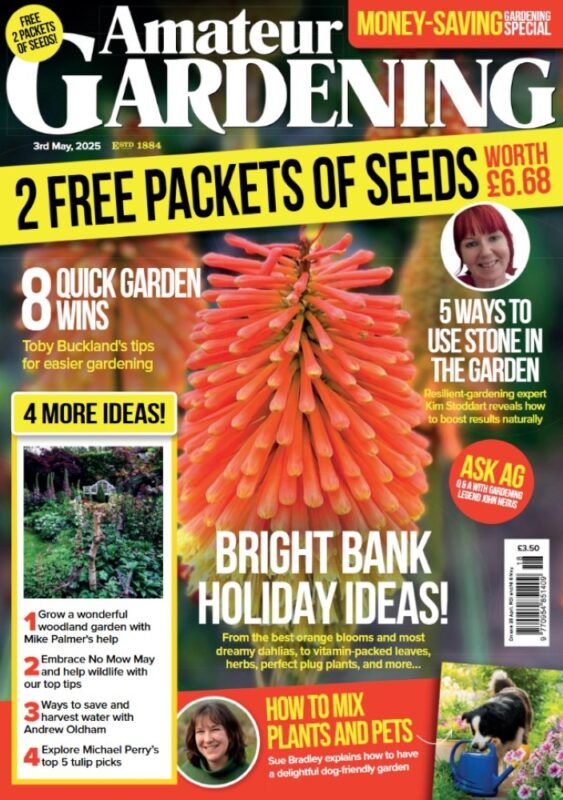These speedy late arrivals herald the ‘real’ start of summer
Swifts are not strictly-speaking what would be described as a garden bird – but their dependency on nesting in buildings makes them a familiar sight over our towns and cities, and June is a great month to watch out for them!
Often considered the ‘bringers of summer’ because they are one of the latest migratory birds to arrive in the UK, they are incredible for so many reasons – from their aerial acrobatics, swooping, swirling and ‘screaming’ high above our heads, to their monumental journeys of thousands of miles. But for me, the fact they do this whilst barely ever touching down is the most amazing thing of all!
When a swift lands in a nest site, in the UK in spring, this is likely to be the first time they’ve stopped flying since they left the site last year, flew to Africa and spent the winter on that continent. They eat, sleep and even mate on the wing – a true bird of the skies! As they don’t typically begin to breed until they are around four, this can mean four straight years of flying – how incredible is that?!

Listen out for the ‘screaming party’ (this is actually what it’s called!) which announces the fact you have numerous swifts flying overhead, and look up – the long narrow wings, spread in a crescent shape give the birds an unmistakeable silhouette. They are only here for a few short months, to raise a brood and then they take back to the air and leave for Africa again.
Unique and iconic as they are though – sadly – this is also a species which has seen a stark decline in the last 30 years, with more than 60% of the population lost in that time. The fact swifts rely on nesting in the nooks and crannies of old buildings, especially under the eaves – spaces which are increasingly disappearing as people renovate, or even remove, these old homes, and newer developments just don’t provide them.
Swifts are loyal to sites, coming back to the same spot year upon year, so when they are no longer there, the likelihood is they won’t find a new site in time to breed that year. Declining insect numbers – Swifts eat air-borne insects – is also a huge challenge for the species. But there are things we can do to help them – and our gardens are an excellent place to start!
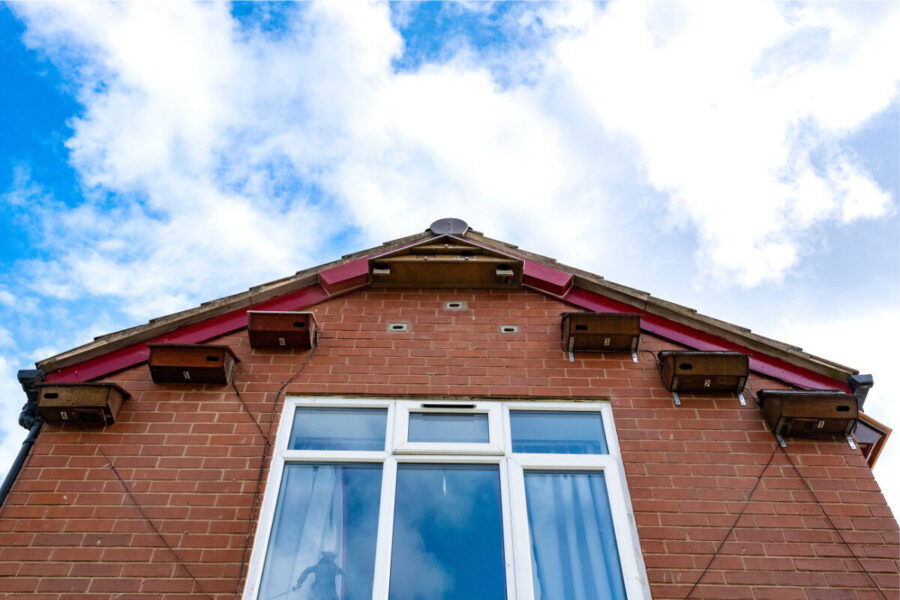
How to help swifts
- Putting up a swift nestbox on your house or on an outbuilding helps to replace some of those lost nesting sites.
- Adding insect-friendly plants to your garden, especially native species.
- Buy or build your own bug hotel – it can be as simple as drilling some holes in an old piece of wood or making a simple log pile.
- Choosing not to use pesticides in your garden, which are harmful to so much wildlife.
For more information about helping Swifts, go to www. rspb.org.uk
………..
Q&A
Q. I get confused between swifts and swallows – any tips?
A. Swifts tend to fly quite high and have a crescent shape, with quite narrow wings whilst Swallows – also nimble – often swoop much lower and have a distinctive tail – forked, with two long ‘streamers’.
Q. I have a blackbird nest in my garden, which is now empty. Will it be used again?
A. Blackbirds often have two, even three broods in a season and whilst they won’t use the same nest, they may nest again nearby and sometimes use material from the old nest to build a new one.
Find more tips, advice and articles like this at the Amateur Gardening website. Subscribe to Amateur Gardening magazine now

